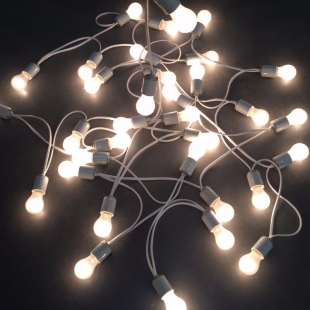It has been three years of Beyond Art! My first post was published January 20, 2016. How far I’ve come since then…
And now: six months! Since my last post I have spent six months of time… On what? Finishing school; traveling. I’ve spent the time on seeing too much art to name (and writing about some of it other places). I’ve been to maybe 18 museums in that time…
After all that time away, I’m think about inertia. I’m not sure I’ve ever quite understood it like I do now, as I stare at the cursor flashing on my screen, leading letters along into words and sentences – into seconds becoming minutes. Into a post after a six month hiatus.
Over that time, I’ve been looking into this void. Maybe it’s something like the spin cycle on the washing machine, or watching fan blades spin, or the moment one’s eyes adjust the split-second when a room goes from light to dark. I know in that space, this strange cliff-side, there is so much potential – so much it looms like the monster under the bed: harmless, but intimidating nonetheless. It’s one big clock – big hand, little hand, second hand. One big hypnosis device.
The time-void. The clock. The Clock… I am sitting on the floor in the dark room. Bodies shift around me in the gallery-cum-movie theatre. The people are the sands in the hourglass, marking the passage of time that, even without the bodies, would be inescapable in this room. On the huge screen at the Tate Modern Christian Marclay’s immense, 24 hour long video plays. The Clock. Pulled from movies and beyond, the expertly-combined clips match the exact time in the “real world” outside of the video. I go in to the room at something like 5:15 pm. As I watch, the artwork reminds me that this little gallery-bubble is not so outside the world as it might feel: one clock shows 5:22, various scenes take place, then I am looking at 5:34. Time frames the actions that flash before me – people going in and out of buildings, children waiting for their father to come home. So much has happened in these 20 minutes in which I have sat on the hard floor in the darkness. So much has happened in these six neglected months.
Across town, earlier that day (Marclay’s video reading 11:30), 15 forty-something year old women gathered around a Rauschenberg at Galerie Thaddaeus Ropac. There, then, they follow the guide like hummingbirds to a feeder – sucking down his sweet nothingness. If they dare to lift their bright plumage, dare to speak, their voices are cut off by that man with the clipboard. Obviously that can’t be, he says, looking down his beak over theirs. Why do they stay here, wasting their ideas on this man who won’t listen? Why do they stay here, wasting their time with him, when it could just be the art?

Intermission at the January 17 performance of the Royal Shakespeare Company’s Macbeth. In the background is a clock that ran the duration of the show, here reading 01:10:43.
“To-morrow, and to-morrow, and to-morrow,
Creeps in this petty pace from day to day
To the last syllable of recorded time…” (Shakespeare – Macbeth 5.5)
Macbeth comes tomorrow – the day after the Tate. The Scottish Play is all about time: when is the right time; what to do when time moves to fast; how to recover it when it is lost; how to beat it… The list goes on, reaching out for those very tomorrows, as if they could provide the answers. Those questions look to break Marclay’s time-frame, to make the video repeat over and over. A reset button at midnight. A clock chiming – calling Cinderella home. A cry to “sleep no more,” making one day bleed into the next. It is the seemingly-endless cycle of our world hurling through space. And among that rush all we feel is a little morning light on our eyelashes. Maybe the sound of a hummingbird’s buzzing wings.
In my neglected six months I have had so many adventures. Notebooks full of them – hard copy notebooks. Pages that will tear and fade and rip their bindings. My screen pages, resistant to dust, show no sign of their neglect. Time, even here, passes differently.
As I’ve been writing this, I’ve figured something out. My cursor, I think, flashes once per second when I’m not typing. My pen, when I pause, just waits, hovering like some fourth clock hand – some bigger time than seconds or minutes or hours.





